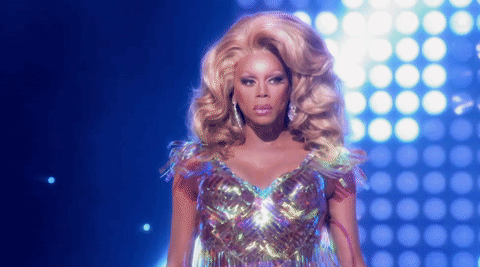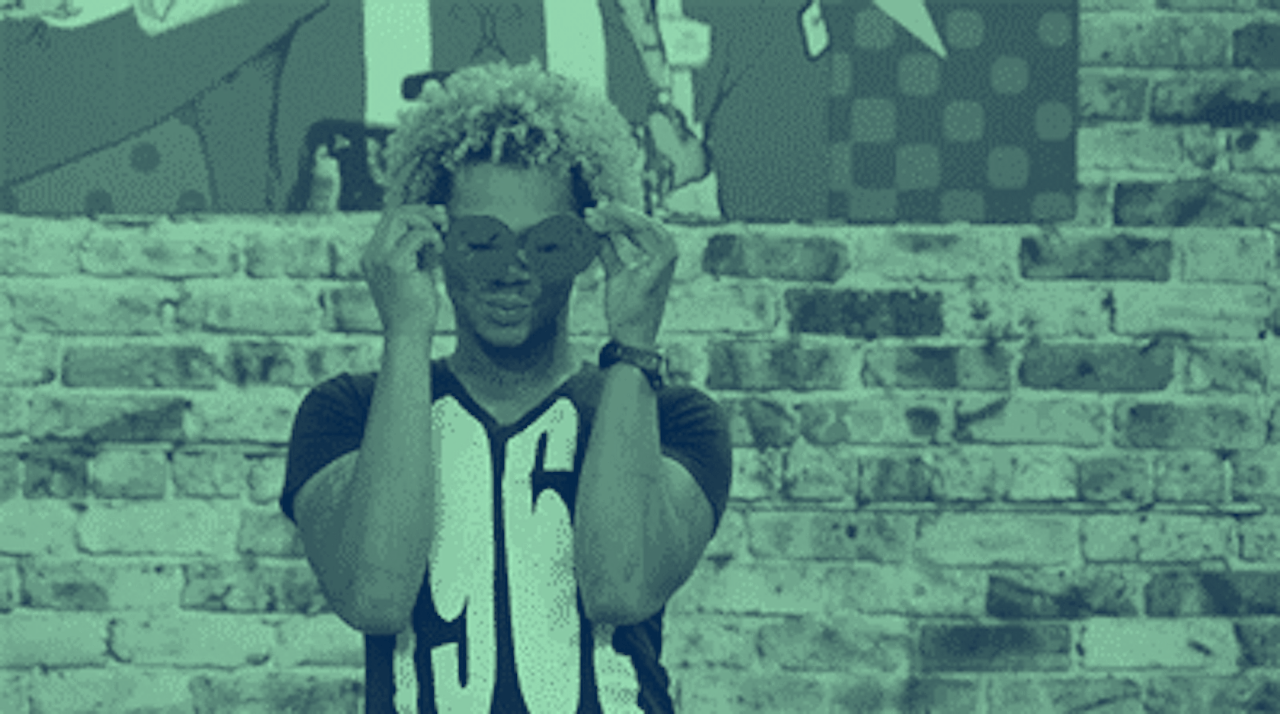I’ve often compared the feeling of watching RuPaul’s Drag Race to attending church services as a child. There was the procession before service began, where showing up in your Sunday best was just as much a part of the performance of religion as shouting “Hallelujah!” from the back pew. Growing up in the African Methodist Episcopal Church, I was dazzled (and terrified) as I looked around at gorgeous churchgoers and heard interpretations of scripture from the pulpit — the gospel according to whomever stood there. In their robes and reading glasses, any preacher could just as easily prance down a catwalk and be a convincing illusion of sanctity.
Church, with all its pageantry and circumstance, feels like drag. Without extending the metaphor too much (Drag Race is not an oppressive religion … for some), both institutions have the ability to draw masses to their respective altars.
Drag Race, at some point, has to be experienced in a similar group setting. It's very possible to enjoy it by yourself, but to truly understand the impact of the reality competition, which enters its 10th season this week, you need to be around its intended jury. This is no new fact: for years, LGBTQ people have huddled in bars, living rooms, and other communal spaces to participate in a show that has become ubiquitous to mainstream queer culture.
I asked photographer Alex Bandoni to capture some of the magnetism that comes from watching the show in a group. Bandoni traveled to bars in New York City and Austin, Texas, to document people’s reactions — the surprise or disappointment or glee that comes from live reality television — and the camaraderie that accompanies that.
The experience is as shared as it is personal, and the stakes are as heavy as a falling brick. In 2018, a show that deals largely in illusions has mastered the art of invoking reality.
But Drag Race is entering new territory, and in recent seasons has started to grapple with a world where racial, sociopolitical, and gender-based scripts, even when flipped, are not black and white. You have to start to wonder: are we all still watching the same show?
When I look around at any bar with Drag Race cued up, I start to imagine what other people see. Who is understanding how, in Season 9, Nina Bo’nina Brown’s self-degradation stemmed from depression? Who is acknowledging that Valentina’s representation of Mexican culture was not a punchline? For whom is it an issue that the competition has in many ways favored white competitors in its formats and judging, even when some queens of color take the final prize?
A lot of this has been explored, but in my exhaustion sometimes all I can do is return to the root of the experience — standing around with a lot of queer people, eyes glued to a show that is oftentimes out of our control, yet wields so much power over us. At the end of each episode, RuPaul delivers that timeless benediction of “If you can't love yourself, how in the hell you gonna love somebody else? Can I get an amen?” And there we all stand: dumbfounded, entertained, or some combination of both.
Like a religion expanding to a larger mass of followers, there is risk of the message — one of self-love — being lost as we witness Drag Race’s ability (or inability) to grow with the times. But somewhere in the morass are the beleaguered devout, “Yaaaas”ing through their clenched teeth, joining in a chorus of “Good luck, and don’t fuck it up.” We’ll all, for better or worse, be watching.
Listen to a special edition of The Outline World Dispatch on RuPaul’s Drag Race with New York Magazine’s E. Alex Jung above. And check out some essential reading about the show below.










